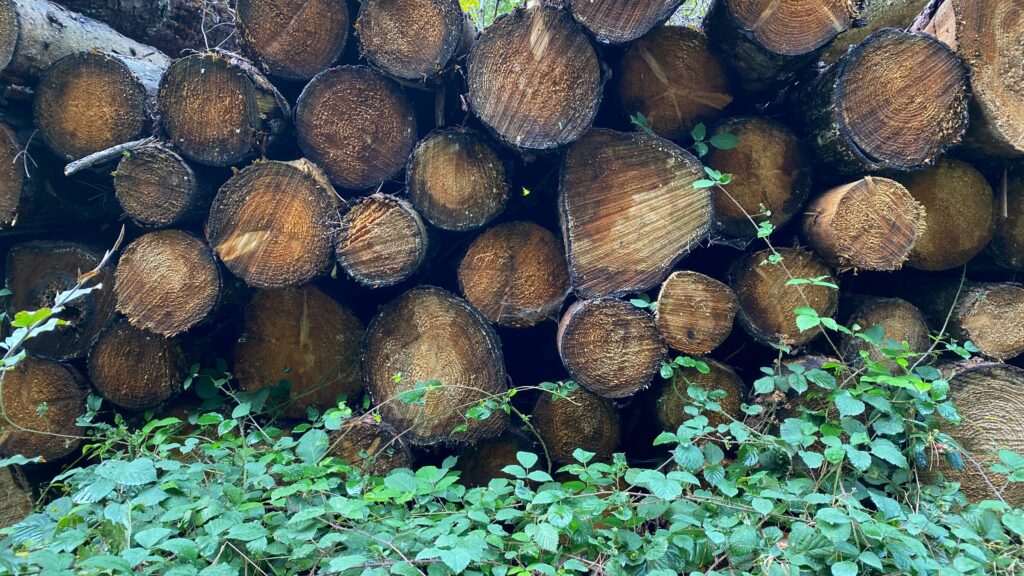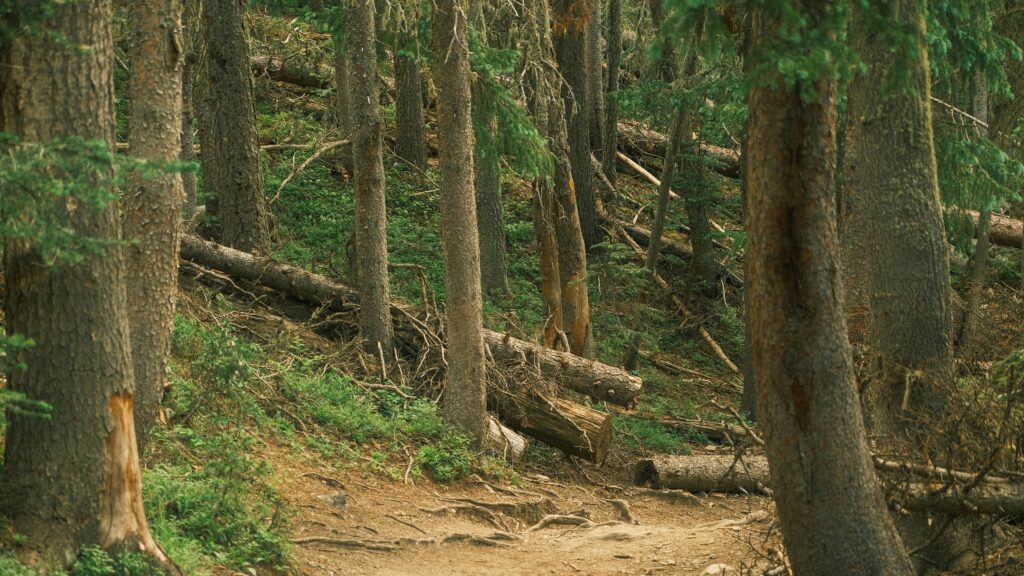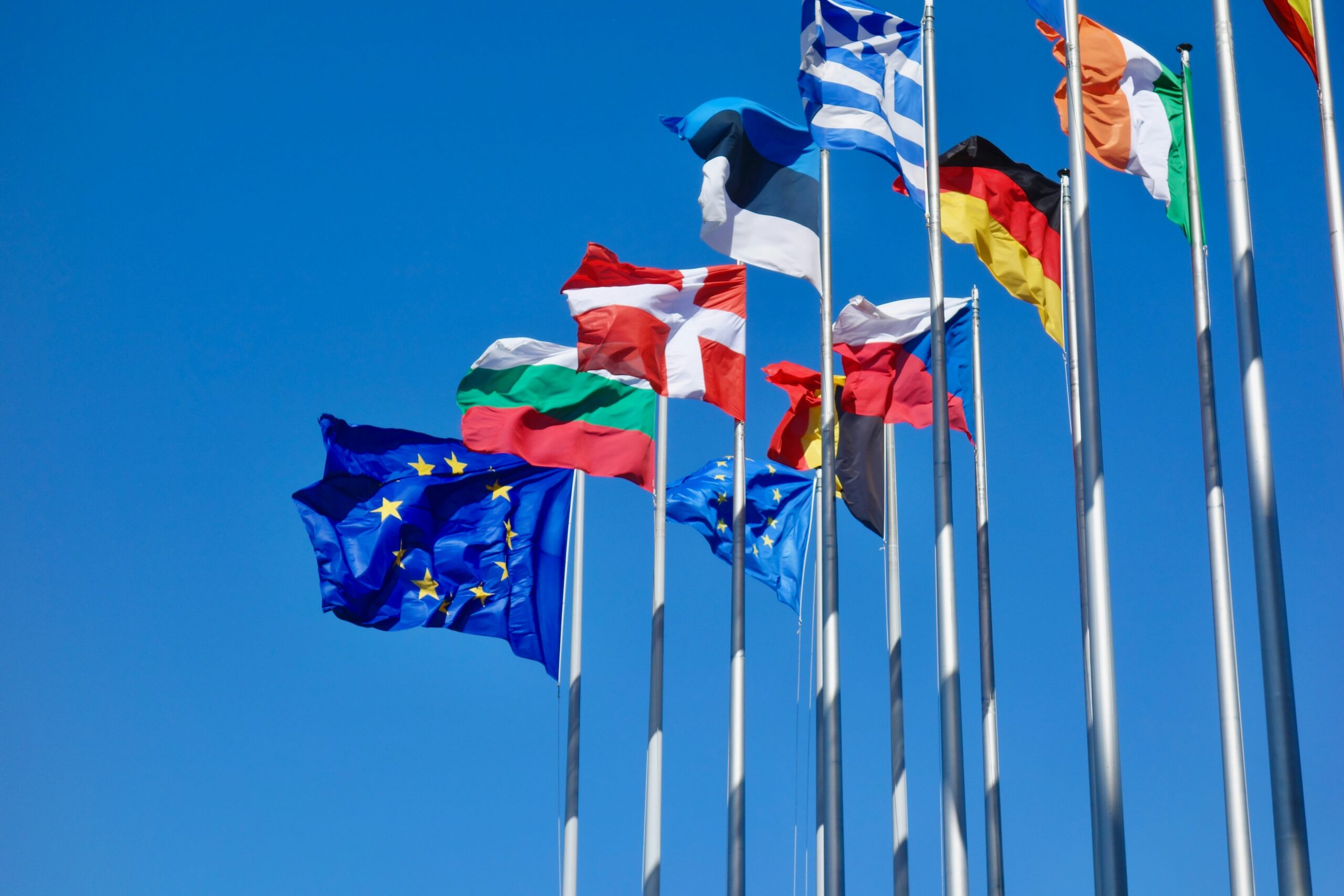When the European Union approved the Deforestation Regulation (EUDR), it set a new standard for how companies handle supply chain responsibility. The idea is simple in theory: only deforestation-free products can enter or leave the EU market. In practice, however, staying compliant means navigating a detailed framework that includes country benchmarking, data verification, and reporting.
At the core of this system lies the EUDR risk classification. This classification shapes how businesses manage their due diligence obligations and the amount of scrutiny they face from authorities. Understanding how this risk system works isn’t just about ticking boxes; it directly affects how companies source materials, manage suppliers, and prepare for inspections.
What EUDR Is Trying to Achieve
The EUDR targets deforestation and forest degradation linked to seven key commodities:
- Szarvasmarha
- Cocoa
- Coffee
- Palm oil
- Soy
- Timber
- Rubber
These products and their derivatives are often tied to land-use change, so the EU introduced clear rules to ensure that anything placed on the European market is both deforestation-free and legally produced.
The regulation officially applies to large companies from December 30, 2025, and to small and micro enterprises from June 30, 2026. Between now and then, operators and traders are expected to align their systems with EUDR due diligence requirements, including the risk classification system.
The Idea Behind the Risk Classification System
Not every country contributes equally to deforestation. Some have strict forest laws and stable governance, while others face ongoing deforestation due to agricultural expansion, weak enforcement, or political instability.
To account for these differences, the EU created a risk-based approach. Instead of applying identical rules everywhere, it groups countries into three categories:
- Low-risk: Countries with very low levels of deforestation and strong forest protection.
- Standard-risk: Countries where deforestation exists but is not extreme or systematic.
- High-risk: Countries with significant or ongoing deforestation and poor enforcement of forest-related laws.
This classification helps authorities focus resources where they’re most needed and gives compliant countries an incentive to maintain sustainable practices.

When and How the Classification Was Introduced
The European Commission formally released the first EUDR country classification on May 22, 2025. It was a key milestone in turning the regulation from policy into a working system.
- Four countries were classified as high-risk: Belarus, Myanmar, North Korea, and Russia.
- Around 50 countries were classified as standard-risk, including major exporters like Indonesia, Malaysia, and Brazil.
- 140 countries received low-risk status, covering most of Europe, North America, and large parts of Asia.
This initial classification is not permanent. The Commission plans its first review in 2026, after the Food and Agriculture Organization (FAO) publishes its updated Global Forest Resources Assessment (FRA) later in 2025.
How the Risk Categories Are Decided
The classification process under the EUDR is guided by Article 29, which defines both quantitative and qualitative criteria that determine how countries are assessed and assigned a risk level.
Quantitative criteria
These criteria focus on measurable data that reflect the level of deforestation pressure within a country. The European Commission examines indicators such as deforestation rates over time, the scale of agricultural land expansion, and the production levels of commodities commonly linked to deforestation. Together, these figures help identify where forest loss is most strongly connected to commercial activity and agricultural growth.
Qualitative criteria
While the quantitative data provide the numbers, the qualitative criteria capture the broader governance picture. This includes evaluating the strength and enforcement of forest protection laws, the transparency of land ownership and tenure systems, and the effectiveness of national sustainability policies and monitoring frameworks. These factors show whether a country has the capacity and commitment to prevent deforestation in the long term.
Countries that are subject to UN or EU sanctions related to EUDR-covered commodities are automatically placed in the high-risk category, regardless of other data.
By combining quantitative and qualitative elements, the EUDR classification system goes beyond measuring past deforestation. It also recognizes and rewards countries that are actively improving forest governance and sustainability practices, allowing them to move toward lower risk levels over time.
What Each Risk Category Means for Businesses
From a compliance standpoint, your obligations under EUDR depend on where your suppliers operate.
High-risk and standard-risk countries
Companies sourcing from these regions must complete full due diligence, which includes:
- Információgyűjtés: gathering detailed data about the product, origin, and legality.
- Kockázatértékelés: analyzing whether the product may come from deforested land or involve illegal production.
- Kockázatcsökkentés: taking corrective actions, such as supplier audits or satellite verification.
Authorities will also perform more frequent checks:
- 3% of operators for standard-risk countries
- 9% for high-risk countries
Alacsony kockázatú országok
Even when sourcing from low-risk regions, companies are not fully exempt. They can use simplified due diligence, which still requires:
- Collecting conclusive and verifiable data proving the product is deforestation-free.
- Checking compliance with local laws.
- Ensuring no mixing of low-risk products with unknown or high-risk origins.
- Submitting a Due Diligence Statement through the EUDR information system.
In this case, authorities will inspect at least 1% of operators annually.

What Simplified Due Diligence Actually Looks Like
Simplified due diligence doesn’t mean skipping compliance steps; it means focusing on validation instead of risk mitigation.
Here’s how businesses can structure this process:
- Maintain a supplier registry listing all low-risk sources, commodities, HS codes, and farm coordinates.
- Automate reporting through digital tools to avoid manual data errors.
- Run quarterly desk reviews to identify any red flags, such as sanctions, land-use changes, or deforestation reports.
- Document your reasoning for applying simplified due diligence, including a brief note for auditors.
This approach helps create a clear audit trail without the paperwork load that full due diligence requires.
How Authorities Enforce EUDR
The EUDR assigns enforcement responsibility to National Competent Authorities (NCAs), who carry out compliance checks and decide where to direct their efforts based on the risk classification of each country. Imports from high-risk countries are subject to more frequent audits, while goods from low-risk regions are inspected less often as part of a proportionate, risk-based system.
When non-compliance is detected, the consequences can be serious. Authorities can impose fines of up to 4% of a company’s EU turnover, ban the company from participating in public procurement processes, or seize the goods in question. On top of that, companies found in violation may be publicly listed, which creates both legal and reputational consequences.
The regulation also includes a channel for substantiated concerns, which allows NGOs, media, or other stakeholders to report suspected non-compliance. NCAs are required to investigate these claims, even if they originate from outside the EU. This makes enforcement not just a top-down process, but one that invites broader public accountability.
How the Classification Affects Supply Chains
The new risk categories reshape how companies manage suppliers, documentation, and monitoring.
1. Supplier selection
Businesses will need to factor in country risk when choosing new partners. A supplier in a high-risk country might bring cheaper raw materials, but it also increases the compliance burden and audit exposure.
2. Data verification
Regardless of risk category, operators must collect geolocation data for all production plots. Automated monitoring tools, such as satellite imagery or remote sensing, can help verify deforestation-free status faster and more reliably.
3. Traceability systems
Companies should consider integrating EUDR-ready software into their procurement or sustainability platforms. These systems can store coordinates, generate Due Diligence Statements, and keep records aligned with EUDR formats.
Why the Benchmarking System Isn’t Final
The current classification is a starting point, not a fixed map. Forest conditions, political situations, and enforcement capabilities change over time.
The European Commission plans to update classifications periodically, depending on new FAO data and satellite-based forest monitoring results. Countries that reduce deforestation and strengthen forest governance may move from standard to low risk, while others could be downgraded if deforestation accelerates.
This dynamic structure creates a feedback loop: better forest management earns easier trade conditions, while poor performance leads to stricter oversight.

Common Misunderstandings About Risk Classification
Several myths have already surfaced since the classifications were released. Let’s clarify a few of them.
- “Low-risk countries are exempt.”: False. You still need to collect and submit full documentation proving legality and deforestation-free status. The process is simpler, but not optional.
- “High-risk means you can’t import from that country.”: Not true. You can still trade with high-risk countries, but you’ll face stricter due diligence and more frequent inspections.
- “The list won’t change for years.”: Incorrect. The first review is already scheduled for 2026, and updates will continue as new forest data becomes available.
The Bigger Picture
EUDR risk classification isn’t just another compliance formality. It reflects a broader effort to make deforestation visible and accountable across global supply chains.
For companies, this is both a challenge and an opportunity. It pushes supply chain transparency to a level that wasn’t required before, but it also rewards those who have already invested in traceability and sustainability.
Over time, the classification system could even shape trade relationships, as low-risk countries become more attractive sources for EU-bound commodities.

How We Support Businesses Navigating EUDR Risk Classification
A címen. EUDR-megfelelőség, we help businesses respond directly to the demands of EUDR risk classification. Since your obligations under the regulation depend heavily on where your products originate, knowing a supplier’s country risk level isn’t just useful – it’s essential. Whether you’re dealing with high-risk zones that require full due diligence or low-risk countries eligible for simplified checks, we make it easier to organize your compliance process around those distinctions.
Our tools are built to match the structure of the EUDR. With satellite-based monitoring and automated reporting, we support everything from verifying geolocation data to generating Due Diligence Statements tied to each risk category. Instead of manually tracking risk exposure across dozens of sources, you can use our platform to align with the regulation from day one – no guesswork, no unnecessary paperwork. The EUDR classification may shift over time, but your system doesn’t have to.
Következtetés
EUDR risk classification is not just a technical detail buried in regulatory text. It’s a practical tool that shapes how businesses engage with their suppliers, organize their compliance workflows, and build trust around their products. The classification sets expectations, but it also gives companies a roadmap. You know where the pressure points are, and you know what kind of effort is needed based on the risk level of the country you’re sourcing from.
What matters now is how quickly businesses can adapt. The classification system will evolve, and so will the technology and processes around it. But the core idea stays the same: you need to know where your products come from and be able to prove they didn’t contribute to deforestation. If you can build that into your operations early, you’ll be better positioned not just for compliance, but for resilience in a changing regulatory landscape.
FAQs
Is EUDR risk classification legally binding or just a guideline?
It’s very much binding. The classification directly affects your compliance obligations under the EUDR. If you’re sourcing from a high-risk country, you’re expected to perform full due diligence, including risk assessment and mitigation. For low-risk countries, the process is simplified, but it’s still required.
Do companies need to track the risk status of each supplier manually?
Not necessarily. While the regulation doesn’t mandate how you track it, relying on manual processes will make things harder and more error-prone. Many companies are shifting to automated compliance tools that flag supplier locations and match them against the latest risk classification. That way, updates don’t get missed.
How often will the risk classifications change?
The European Commission has committed to reviewing the country risk levels regularly, with the first review expected in 2026. That said, updates could happen more frequently depending on new data from satellite monitoring, FAO reports, or geopolitical developments. It’s a live system, not a one-time list.


